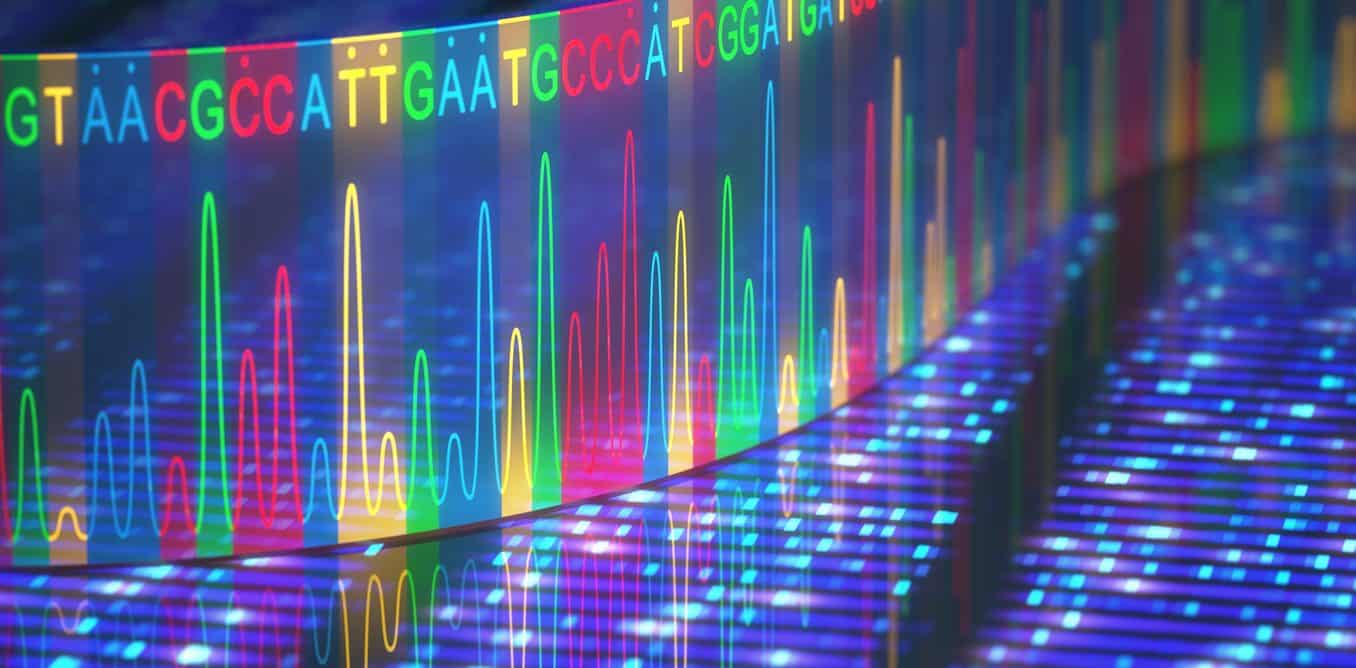Scientists Develop $2 per gene DIY Sequencing Tech
Improving our ability to construct and functionally characterize DNA sequences would broadly accelerate progress in biology. But the speed breaker pops up in the form of expenses- currently, gene sequences from commercial vendors cost approximately $50 to $100 per gene.
Studies being pursued in a wide range of subjects in medicine- from antibiotic resistance to cancer – require conducting “high-throughput” experiments, where scientists screen hundreds or thousands of groups of cells simultaneously. Analyzing large numbers of cells, each with slight differences in their DNA, for their ability to carry out a behavior or survive a drug treatment can reveal the importance of particular genes, or sections of genes, in those abilities.
And given the current climate, sequencing genes for such studies involve high cost. Therefore, UCLA scientists have now pioneered a new technique that allows for cheaper and easier sequencing strategies.
The approach, DropSynth, enables scientists in any typical biochemistry laboratory to make their own gene sequences for only about $2 per gene.
“Our method gives any lab that wants the power to build its own DNA sequences,” said Sriram Kosuri, a UCLA assistant professor of
chemistry and biochemistry and senior author of the study. “This is the first time that, without a million dollars, an average lab can make 10,000 genes from scratch.”“There’s an ongoing need to develop new gene synthesis techniques,” said Calin Plesa, a UCLA postdoctoral research fellow and co-first author of the paper. “The more DNA you can synthesize, the more hypotheses you can test.”
Another drawback of the current methods for synthesizing genes, he says is that fact that they either limit the length of a gene to about 200 base pairs- the sets of nucleotides that made up DNA- or are prohibitively expensive for most labs.
The team’s new method involves isolating small sections of thousands of genes in tiny droplets of water suspended in an oil. Each section of DNA is assigned a molecular “bar code,” which identifies the longer gene to which it belongs. The sections which initially are present in only very small amounts, are then copied many times to increase their number. Finally, small beads are used to sort the mixture of DNA fragments into the right combinations to make longer genes, and the sections are combined. The result is a mixture of thousands of the desired genes, which can be used in experiments.
In order to test this out, the scientists used DropSynth to make thousands of bacterial genes- each as long as 669 base pairs in length. Each gene encoded a different bacterium’s version of the metabolic protein phosphopantetheine adenylyltransferase, or PPAT, which bacteria need to survive. Given PPAT is critical to bacteria that cause everything from sinus infections to pneumonia and food poisoning, it’s being studied as a potential antibiotic target.
The researchers created a mixture of the thousands of versions of PPAT with DropSynth, and then added each gene to a version of E. coli that lacked PPAT and tested which ones allowed E. coli to survive. The surviving cells could then be used to screen potential antibiotics very quickly and at a low cost.
The team is still working on reducing DropSynth’s error rate. In the meantime, though, the scientists have made the instructions publicly available on their website. All of the chemical substances needed to replicate the approach are commercially available.































this is not a sequencing technique. No where here we are they are able to know the sequence of the particular gene.